27 June - 19 July 2025
Bath House Galleries, Sovereign Design House, Huddersfield.
Corridor 8 review by Joanna Jowett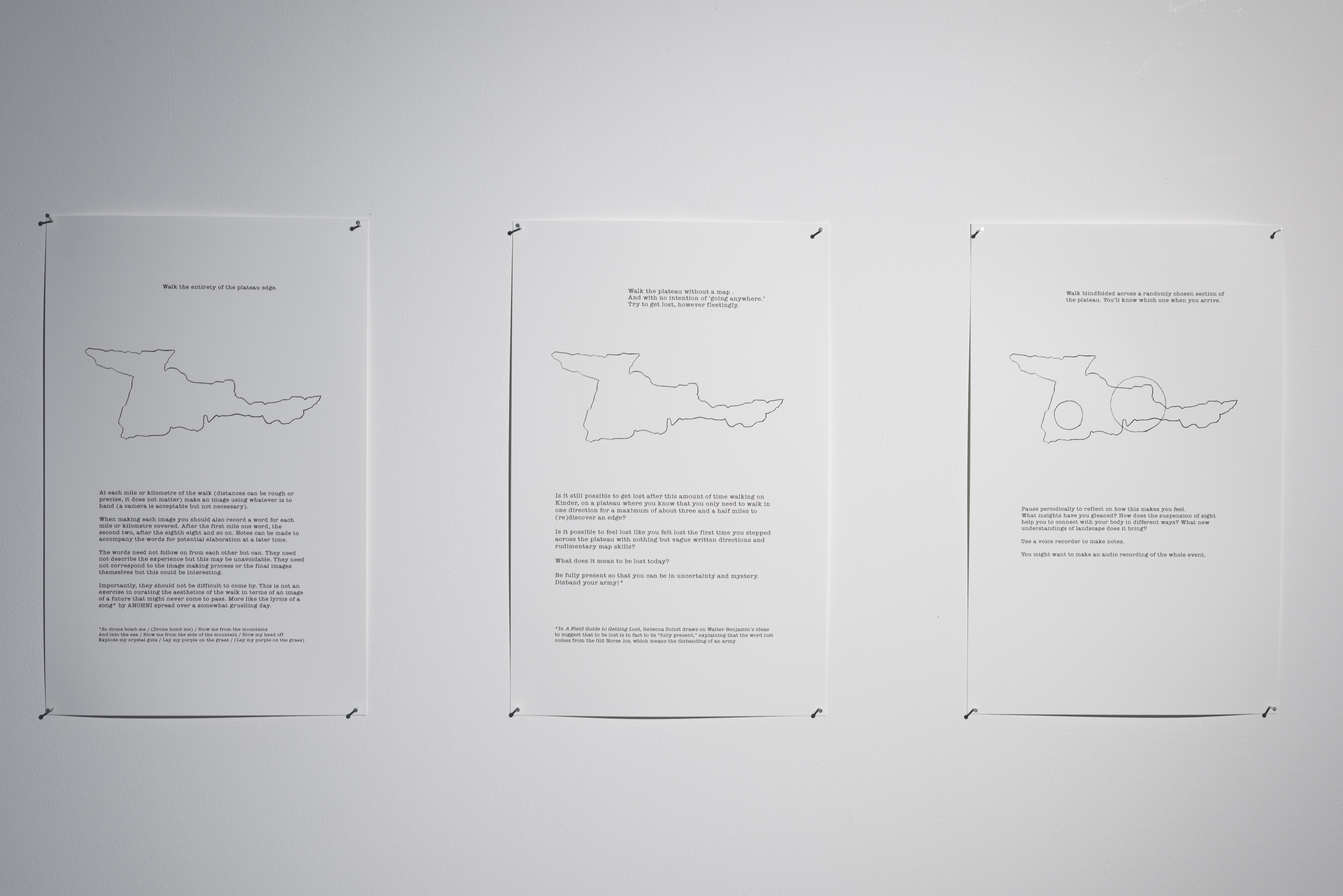
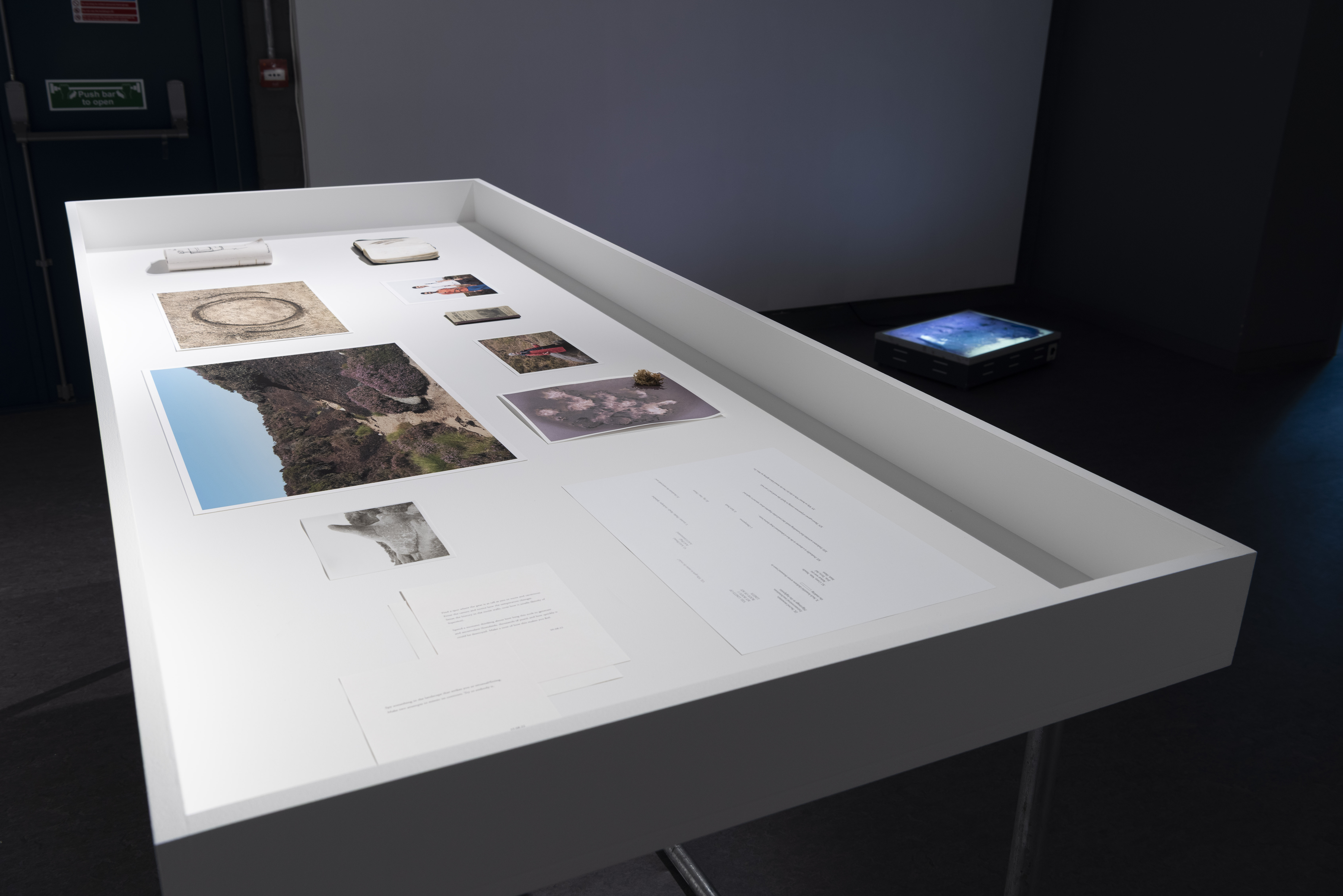
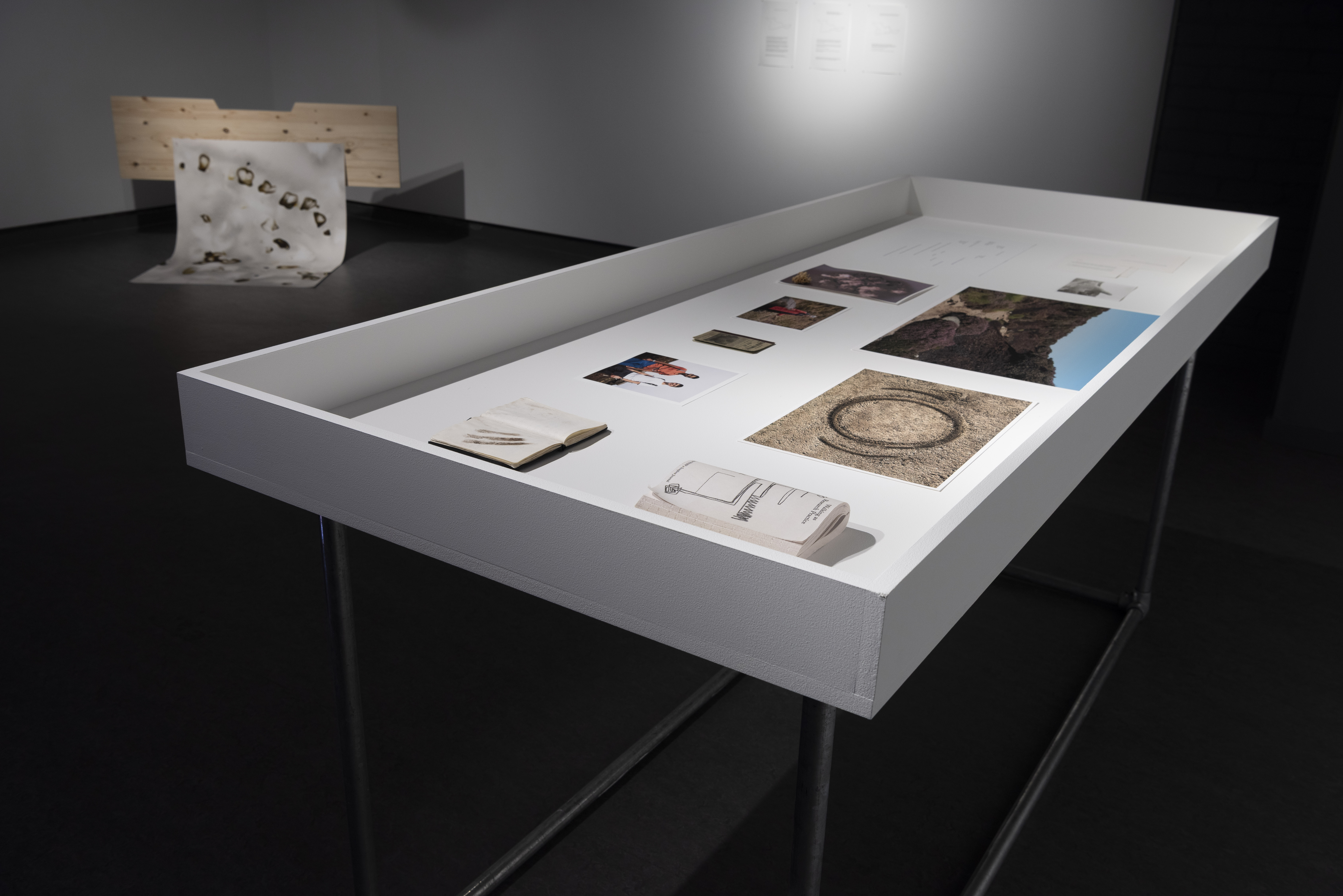

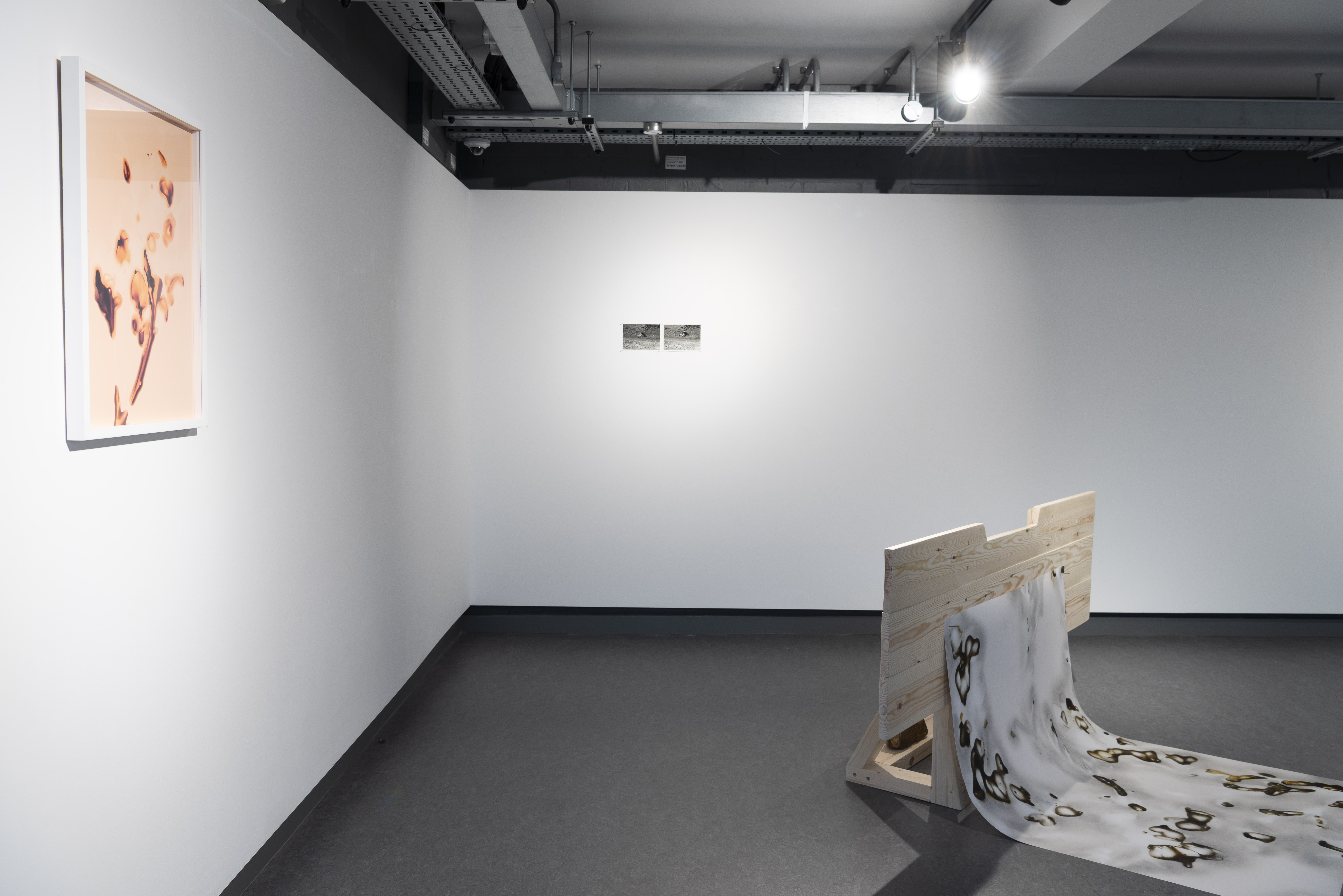

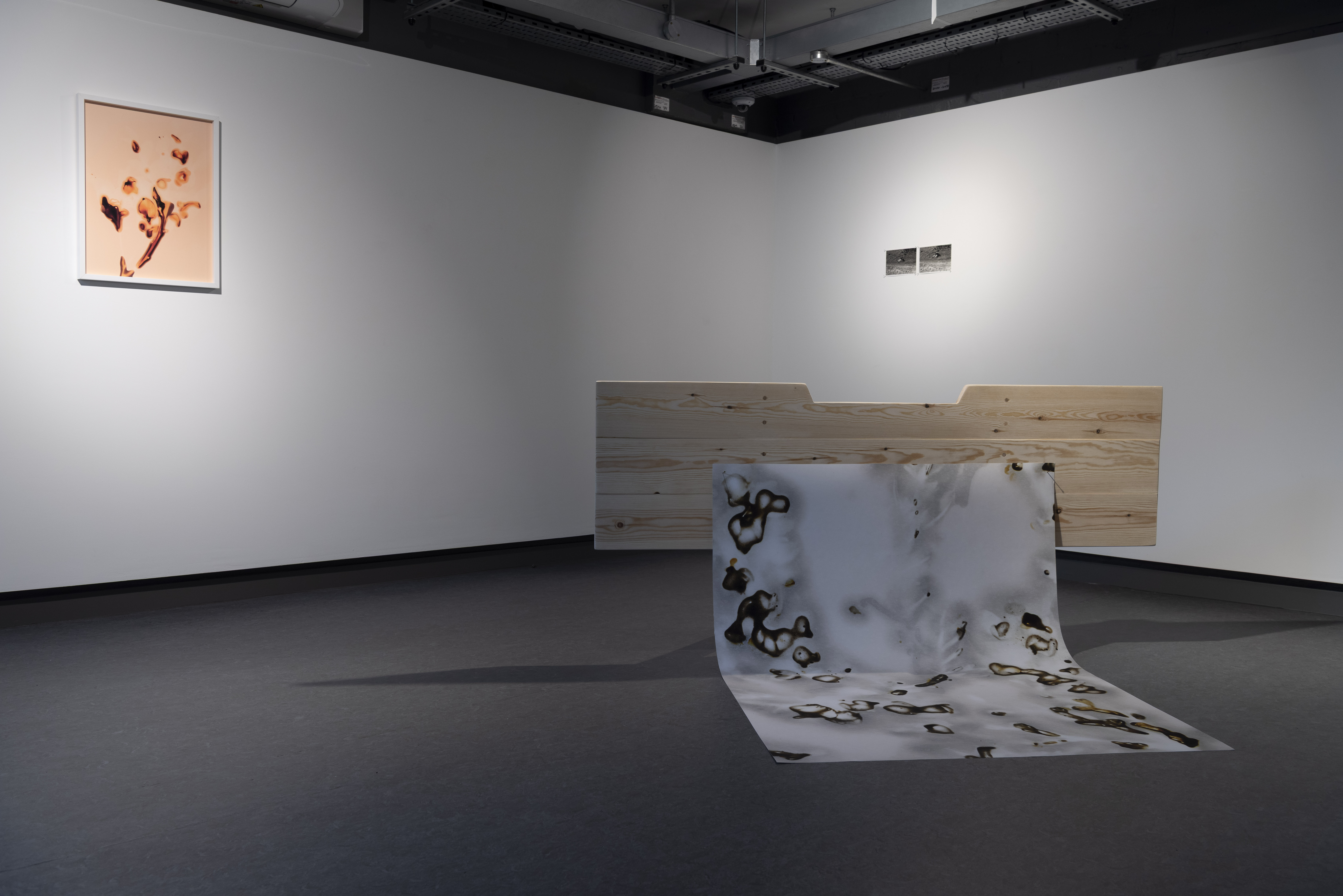
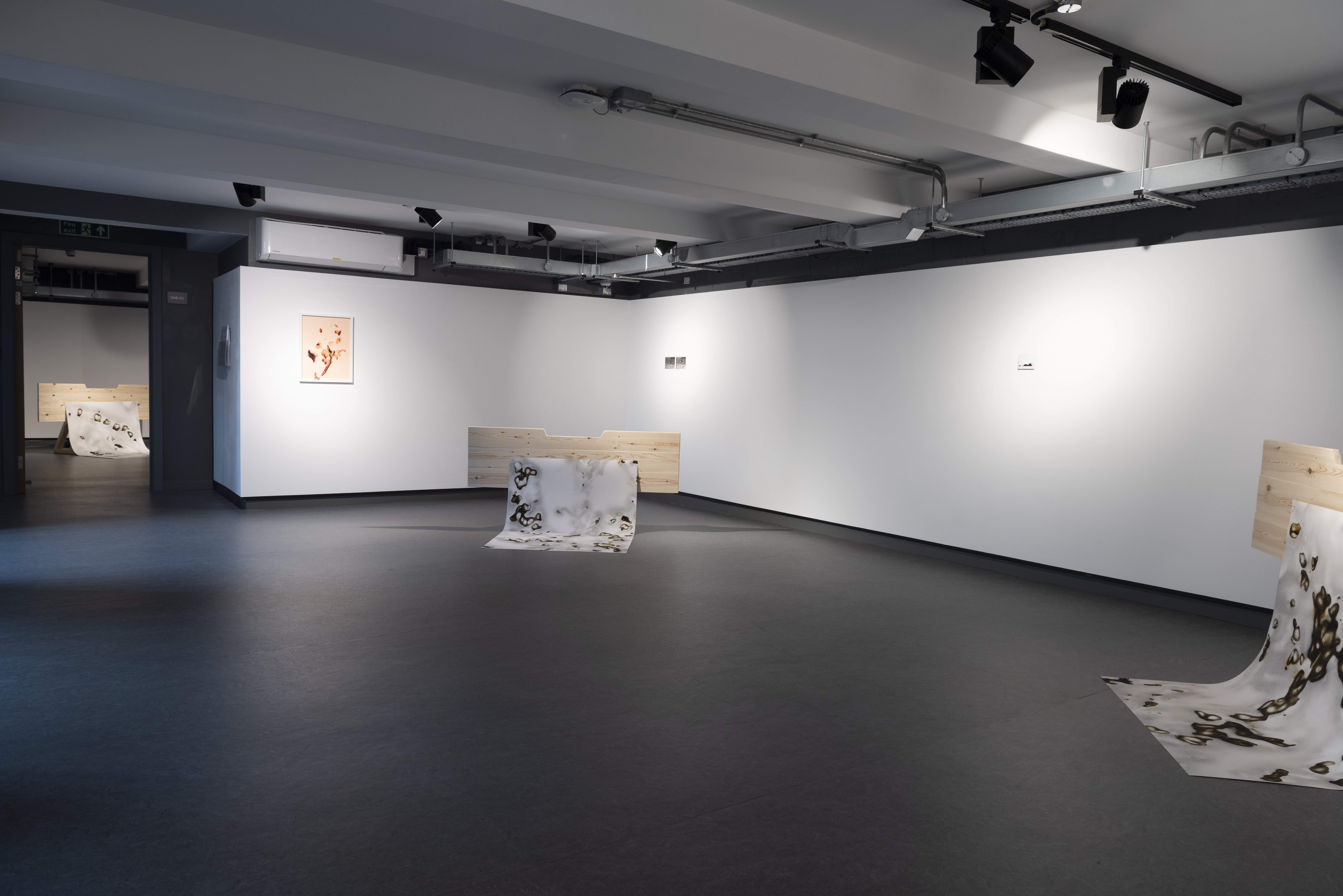

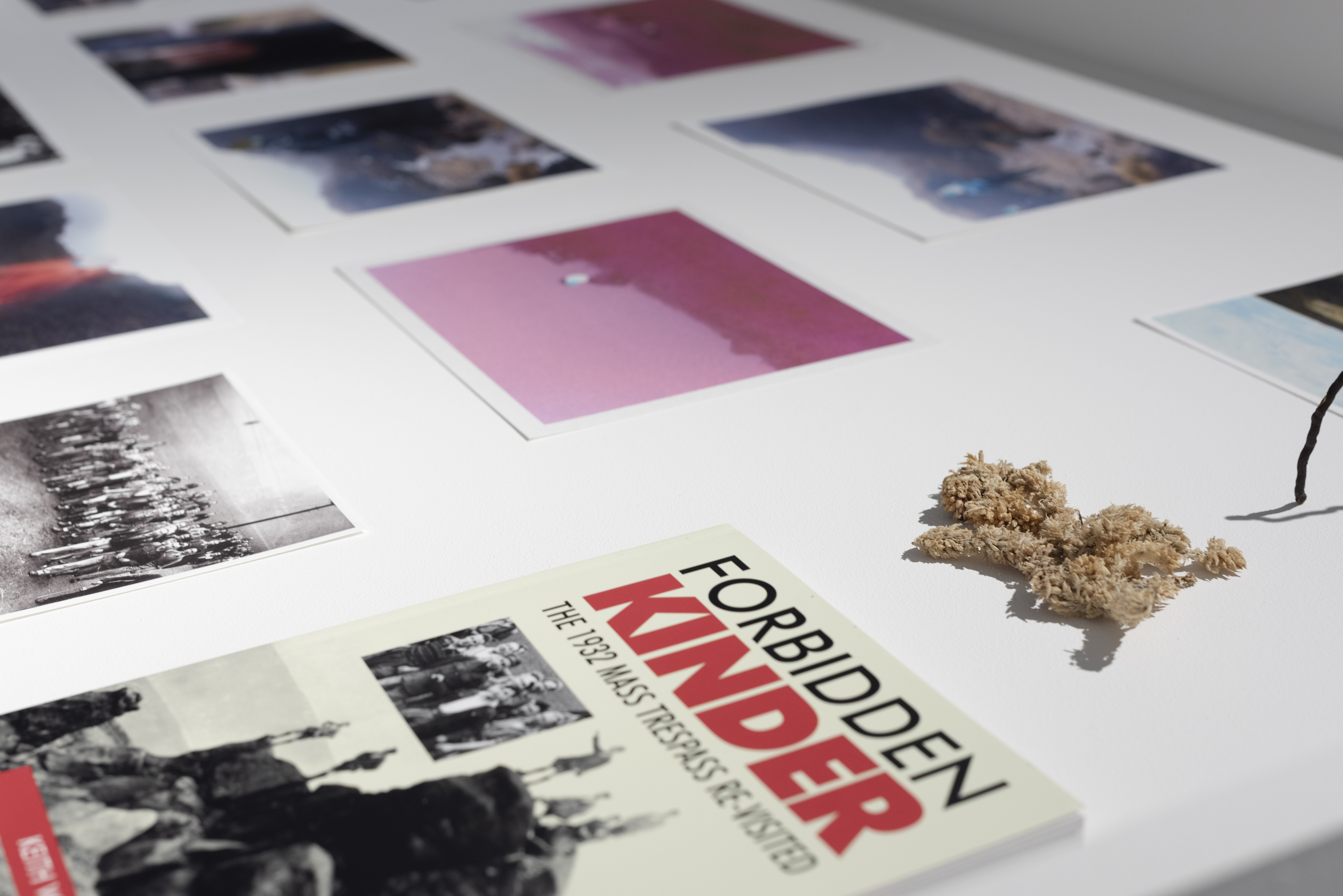

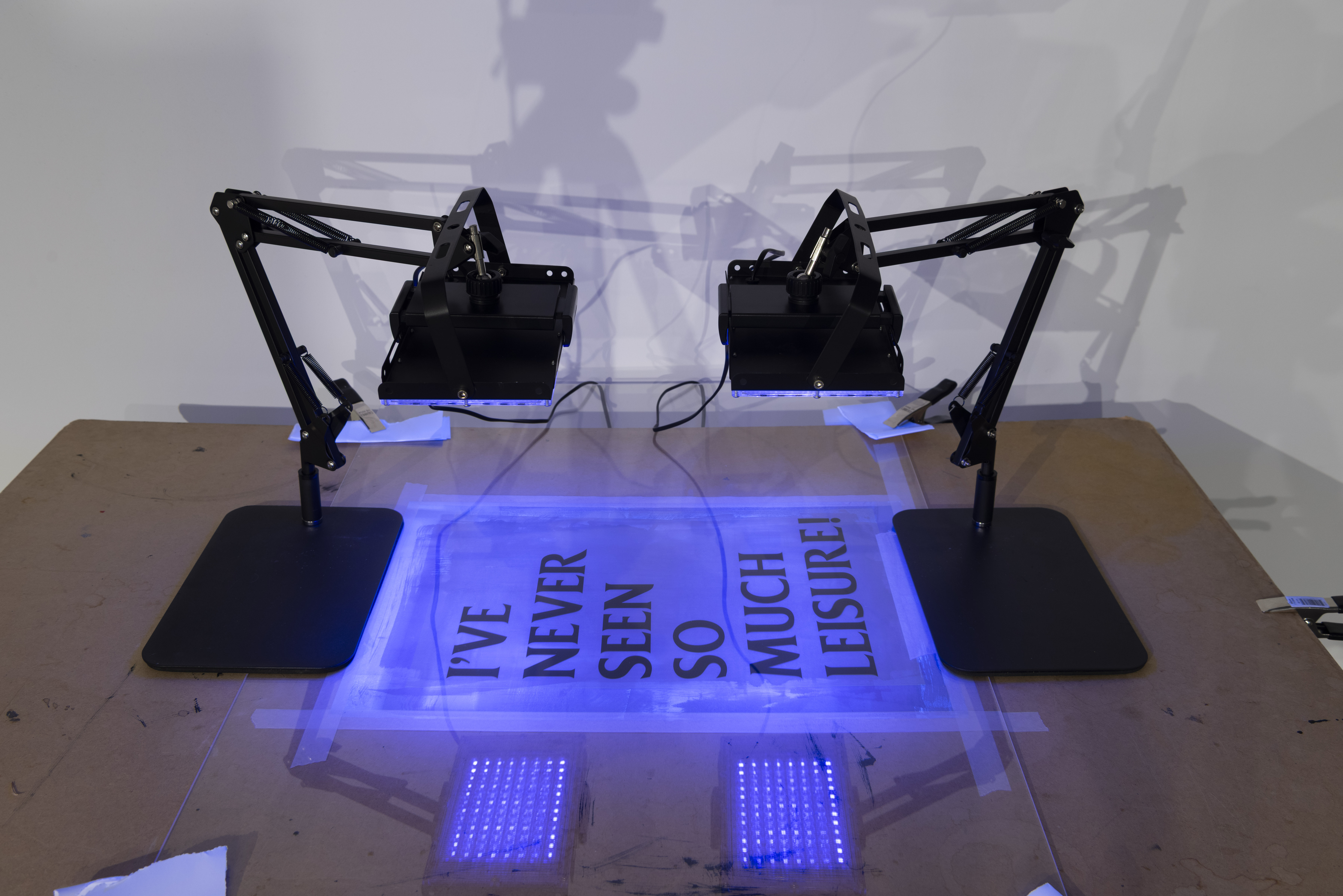
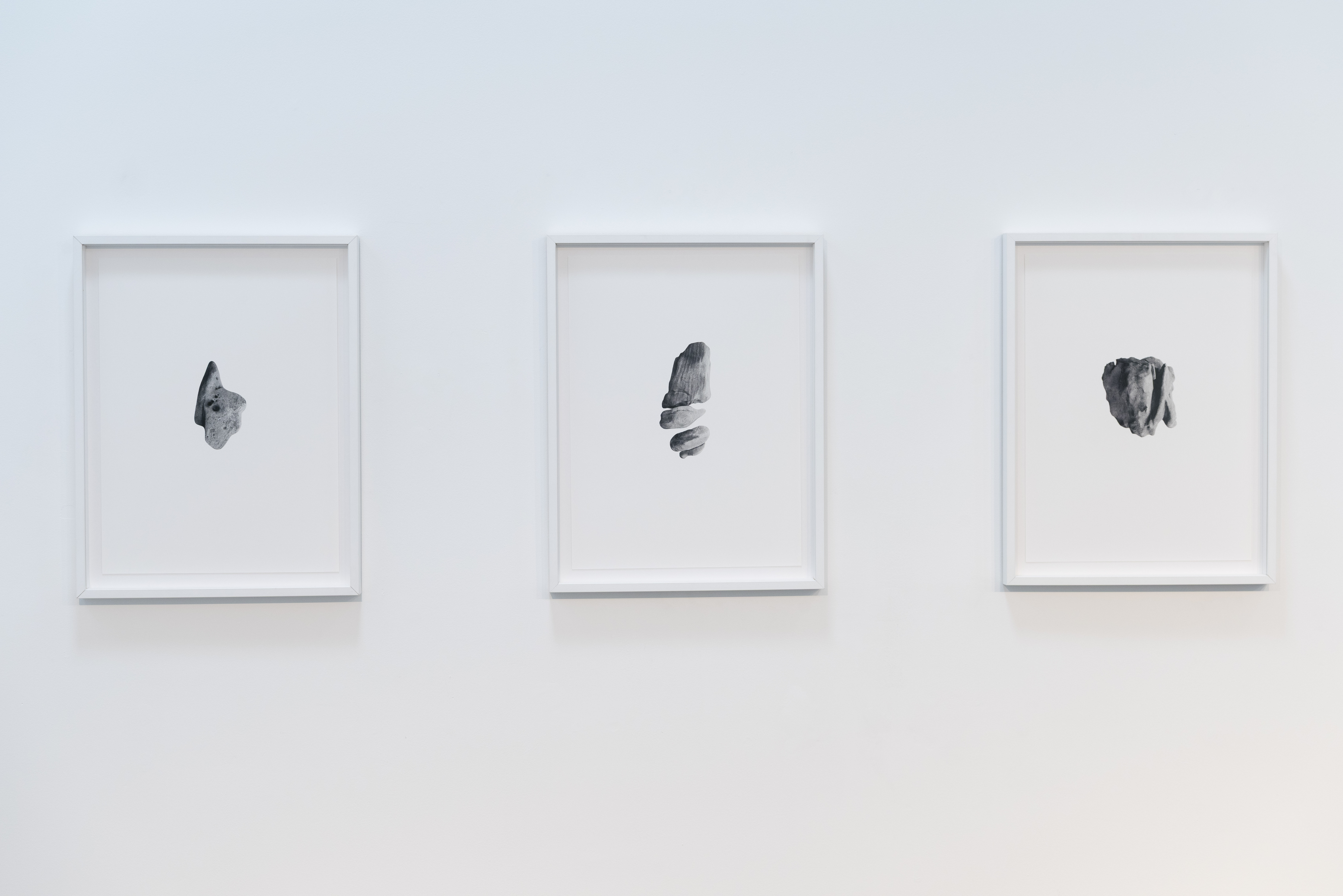
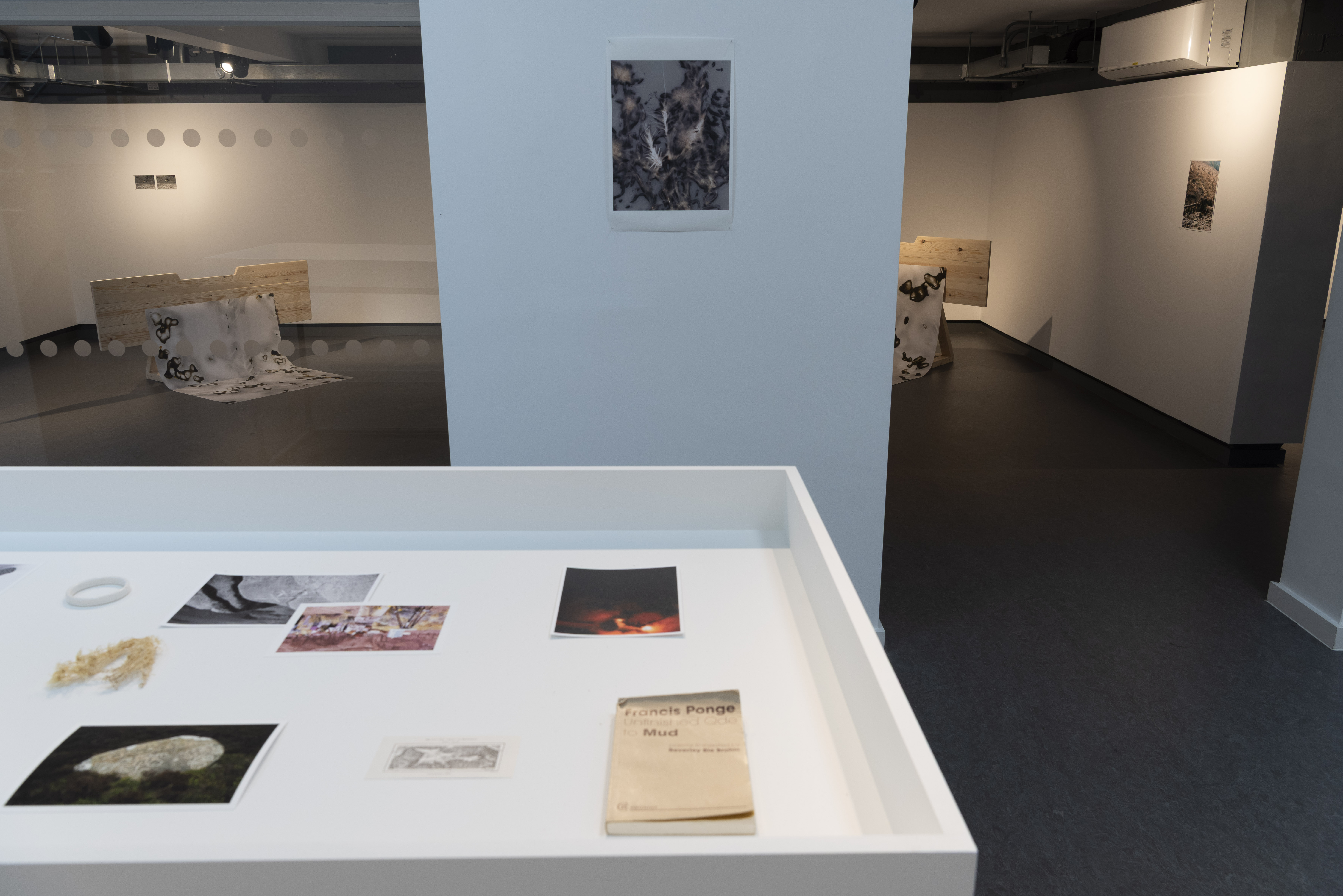
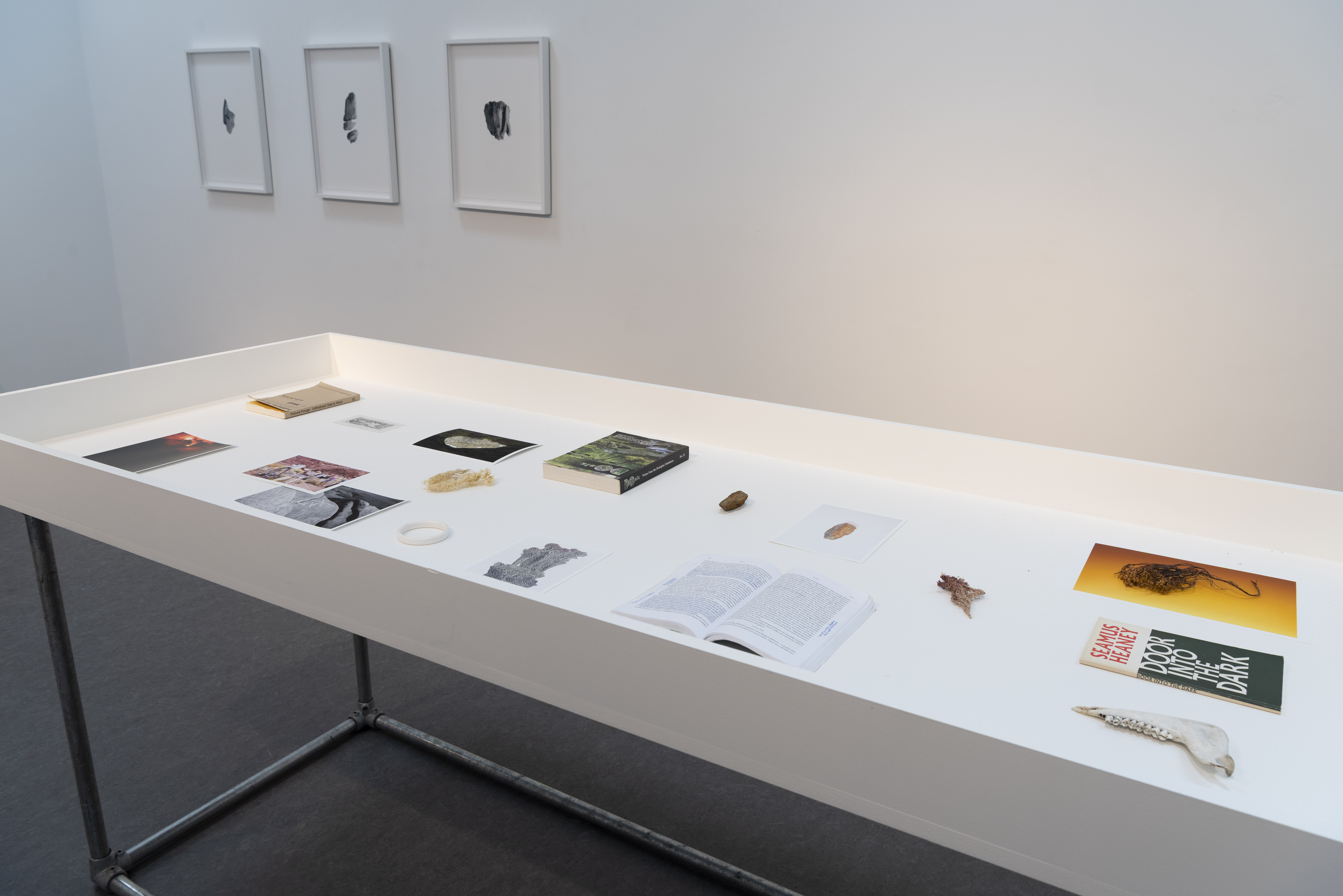
Acting in the Middle: A Glossary of Encounter brings together a selection of artworks, artefacts, and materials made and gathered during the first phase of Bleak Plateaus, an ongoing artistic-research project, which explores and engages with the peatlands of the northern Peak District and the wider Pennines. The project responds to these historically, culturally, and ecologically important sites as zones of productive ambiguity, where, for example, multispecies subsistence, joy, the violence of marginalisation, and anguish at impending planetary devastation all intersect.
Focussing primarily on Kinder Scout, the most famous of the Dark Peak’s moorland plateaus, the artworks and objects curated for the show attend to the polyphonic composition of the manifold human-non-human assemblages that crisscross Kinder’s slopes and plateaus.[1] From commoners’ subsistence, mass trespass, occult teachings and interplanetary parliaments, to sphagnum mosses, bog lilies, labour, leisure, environmental devastation, carbon sequestration, ring ouzels and a unique mountain hare population, the complex entanglements that energise Kinder’s mental, social and environmental ecologies resonate across multiple scales, times and registers, held together in the present by stubborn and outmoded orthodoxies.
Placed in open dialogue with one another, and resisting easy configurations, these objects and events invite speculative associations and interpretations, not unlike words awaiting new languages, drawing attention to the inadequacy of our current modes of thought and enunciation in addressing the crises that constitute the present ecological and cultural condition and how they manifest aesthetically.
As the title of the show suggests, the starting point is neither holism nor reduction; beginning instead from somewhere in the middle, a place of not knowing and uncertainty, acknowledging the shifty nature of the peats and sands that situate these spaces as somewhere between liquid and solid, and recognising that thought emerges in relation to specific environments, which matters in how we form questions about the world, and imagine and communicate with(in) it.
The exhibition sought to unsettle what Isabelle Stengers calls ‘faithful communication,’ in favour of misunderstanding and indeterminacy, opening onto an ecology of practices that refuses the potent allure of Truth and the theoretical disentanglement of something from its milieu and materiality.[2] Against the backdrop of climate breakdown and the urgent need for ethico-aesthetic repair, it aimed to activate a situated and transversal cutting across, in search of new ways of speaking about that which we do not yet have the proper words to express, encouraging us to listen without privileging the voice, and directing us towards politics and ethics that hum in a minor key.
[1] The Dark Peak is the name given to the gritstone uplands and moorlands of the northern Peak District and its eastern and western margins, as opposed to the White Peak, which is characterised by its limestone landscapes and tends to be lower and less wild.
[2] Stengers, Isabelle. (2005) ‘Introductory notes on an ecology of practices.’ Cultural Studies Review. 11(1): 183-196.